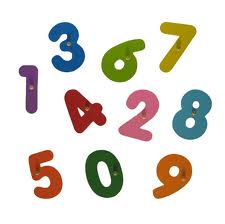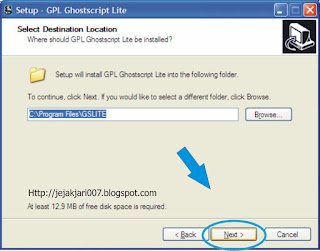HAPTER I
BACKGROUND
A. Introduction
There are many media is use in teaching learning process. Usually media is use in teching english to young learners because use it the teaching learning process will more easily.Young learners will be interesting and enjoyable in class room. For example Realia. realia is various kind of visual media which can be efectively use by EFL and EYL. Realia is a term used in library science and education to refer to certain real-life objects. In library classification systems, realia are objects such as coins, tools, and textiles that do not easily fit into the orderly categories of printed material. In education, realia are objects from real life used in classroom instruction.
CHAPTER II
DISCUSSION
A. What is Realia
Real objects should be small enough to bring into the classroom but large enough to be clearly seen. Real objects can be used for various purposes, such as teaching pronunciation, vocabulary, grammar. For example, you can bring a map into the classroom and use it to practice comparative and superlative adjectives. (which country in Europe is bigger than Turkey? What is the longest river in Turkey? Etc.)
Other examples of realia are clock faces, toys, brochures, magazines, catalogues, newspapers, board games, posters, wrappers, labels and logos from various products, records, stamps, coins, old tickets, postcards, timetables, tv guides, calendars, containers, cans, bottles, flags, restaurant menus, puppets, etc.
B. Realia and Culture Content-Based English for Young Learners
Universities and high schools throughout Asia hire foreigners to teach the languages and the cultures of their home countries in content-based English courses. Many of those teachers complain that commercially produced language textbooks, especially those for culture content-based English language classes, are problematic. Common problems include inappropriate levels for the target group, insufficient focus on active language skills development, out-of-date information, and cultural topics that do not match the interests of the both students and teachers. Thus, teachers often end up creating their own teaching materials, but these materials may also have shortcomings due to the inexperience of the materials designer, a lack of other enthusiastic teachers to help with editing, and in particular a shortage of useful “realia” to use with or to be adapted for teaching materials.


































